When Brazil celebrated the centenary of its independence in September 1922, it did so in grand style. The country mounted a World Expo in Rio de Janeiro that would attract more than three million visitors. It was accompanied by a push to modernise the Brazilian capital, symbolised by the razing of the Morro do Castelo, the hill – all 63 metres of it – from which the city had been governed in colonial times. With Europe abraded by war, unemployment and debt, Brazil could afford to indulge in a bit of forward-looking: to imagine that the new century might indeed belong to the perennial ‘country of the future’.
A hundred years on, as Brazil approaches its bicentenary, there is rather less optimism. A rancorous struggle for the presidency has overshadowed the anniversary, which falls on 7 September. And then there is the threat – the subject of ‘Brazil: 200 Years of Relations’, an exhibition at the Natural History Museum in Vienna – posed by the burning of the rainforest to countless species of plant and animal, not to mention humanity itself.
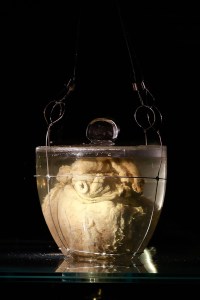
Dom Pedro I’s heart. Photo: SERGIO LIMA/AFP via Getty Images
It is perhaps no surprise that what few celebrations have been planned are fixed on the past rather than the future. The ceremonial centrepiece is a visit to the country of the embalmed heart of the man who set Brazil on the path to independence, Dom Pedro I, who would become its first emperor. The heart has travelled in a golden urn from its home in the church of Nossa Senhora da Lapa in Porto to the Itamaraty Palace in Brasília, seat of the foreign ministry, where it arrived with a military escort. ‘The heart will come to Brazil as a head of state’, announced the foreign ministry’s head of protocol. ‘It will be treated as if Dom Pedro were living today, receiving all the honours of a sovereign.’ It will remain on display in Brasília until 8 September.
Such baroque formalities might have surprised the late emperor, whose life was singularly lacking in grandiosity. Dom Pedro was that paradoxical thing, a monarchical revolutionary. The son and heir of King João VI of Portugal, who had transplanted the Portuguese royal family to the safety of colonial Brazil during the Napoleonic Wars, Dom Pedro remained in the country as regent when his father returned to Europe in 1821. King Joao’s government in Lisbon, however, was determined to end Dom Pedro’s rule and bring Brazil back under its control. Increasingly, Dom Pedro found himself caught between the demands of dynastic fealty and a population restive for independence.
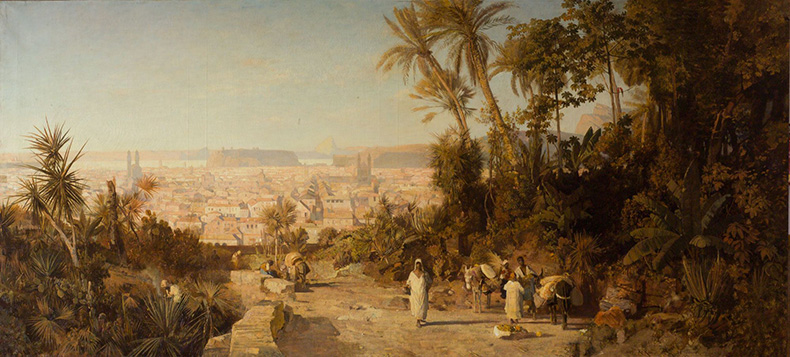
Rio de Janeiro (c. 1883) Robert Russ. Courtesy NHM Wien
If his inheritance was to be a Portuguese kingdom shorn of its colonial cash cow, Dom Pedro figured, better to make one’s own fortune than be left holding straws. On 7 September 1822, on the road from São Paulo to Santos, the dysentery-afflicted prince received news of the latest Portuguese ultimatum. It was here that his patience at last snapped. In front of a small party of retainers, he issued his celebrated declaration, ‘Independence or death!’ It would be five weeks before Dom Pedro was formally crowned emperor of Brazil and several more years before the new state won international recognition, but the so-called ‘Cry of Ipiranga’ has gone down in history as Brazil’s birth mewl.
If Brazil’s declaration of independence was makeshift, the fledgling state would look in vain to its new emperor to provide an overlay of majesty. Boorish, impulsive and quick-tempered, Dom Pedro was given to trawling the taverns and bordellos of Rio during the warm tropical nights. When things got a little too hot, he was wont to let fly with his fists. Five years previously, he had married Leopoldina, a daughter of the Habsburg emperor Franz I, but it quickly proved a mismatch. The thrill-seeking prince had little in common with the cerebral archduchess, whose passion was for geology. He might have been in São Paulo in September 1822 on political business, but it was while he was there that he made the acquaintance of the wife of a cavalry officer, Domitila de Castro. She was soon installed in a house near the royal palace in Rio and appointed one of the empress’s ladies of the bedchamber. Their affair would have disastrous consequences for the emperor’s public standing.
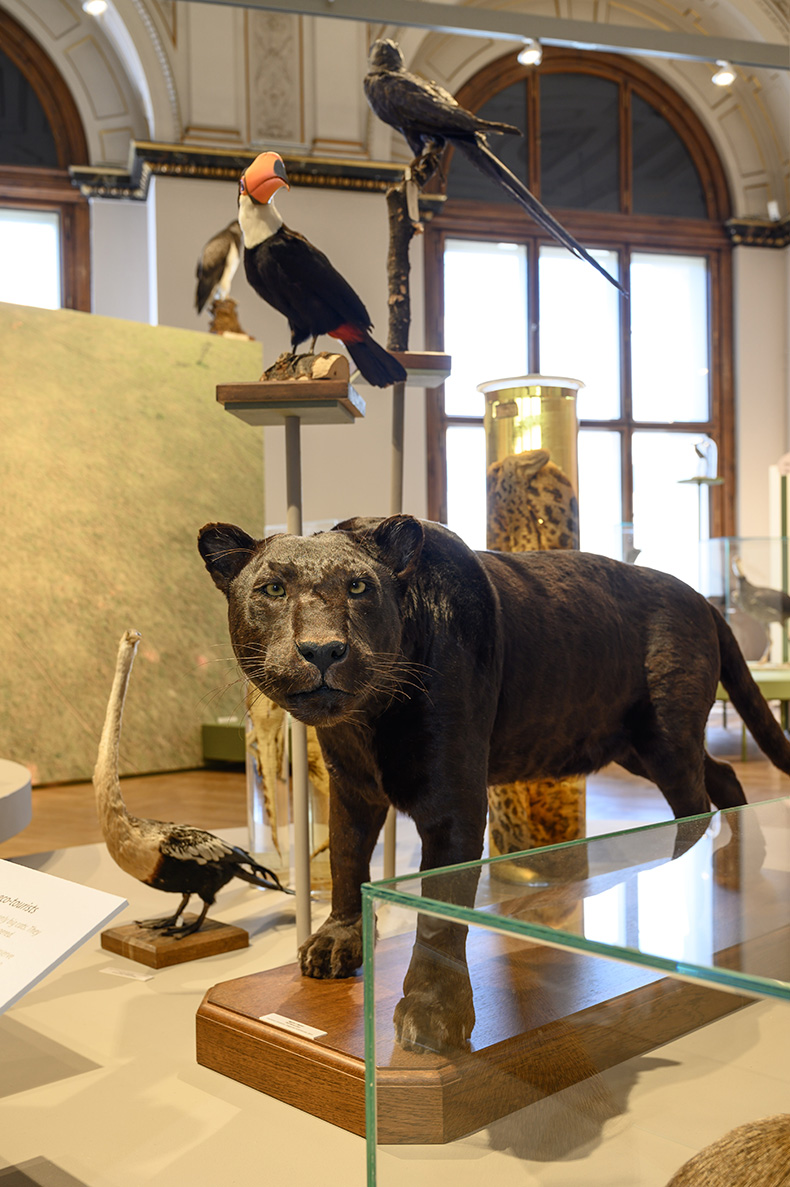
Installation view of ‘Brazil: 200 Years of Relations’ at the Natural History Museum, Vienna. Photo: NHM Wien/Christina Rittmannsperger
The heart of Dom Pedro was an inconstant thing in matters of state as well as love. On taking the throne of Brazil, he had renounced his claim to the crown of Portugal. He proved unable, however, to stop himself interfering in Portuguese affairs, especially after his father’s death in 1826, to the exasperation of many Brazilians, who suspected a plot to reunite the two realms. When his daughter, in whose favour he had relinquished the Portuguese throne, was pushed aside by his brother, his honour was engaged. In 1831, profoundly unpopular and under intense pressure to choose between Brazil and Portugal, he abdicated as emperor and returned to Europe to fight his daughter’s cause. He never again never set foot in Brazil, dying in Portugal three years later at the age of thirty-five.
For all the tumult of Dom Pedro’s life, his reign saw the first steps in a process that continues today: the study, identification and taxonomising of Brazil’s myriad flora and fauna. Then as now, Brazil’s natural environment was a matter of international interest. When Leopoldina travelled from Vienna to Rio in 1817, a posse of scientists were enlisted to accompany her. Their instructions came from none other than the Austrian chancellor, Klemens von Metternich. His motives were hardly disinterested: Austria, without any overseas colonies, might stand to profit from Brazil’s abundant natural resources, which the royal marriage had suddenly brought within reach.
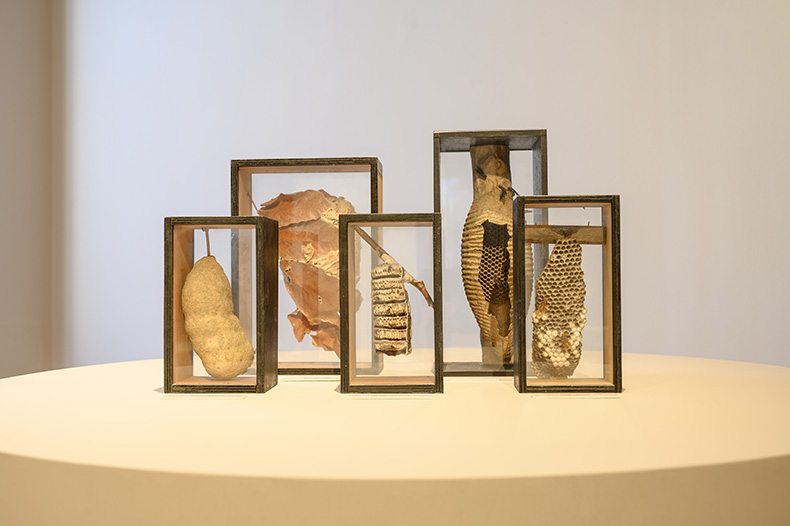
Photo: NHM Wien/Christina Rittmannsperger
Yet, as the exhibition at the Natural History Museum documents, the expedition turned into more than a mere prospecting mission. Some 150,000 specimens were accumulated and sent back to Austria for analysis. A third of them were collected by just one man, Johann Natterer, who remained in the field for 18 years. Such was the curiosity in the discoveries that a purpose-built museum, the Brasilianum, was opened in Vienna to exhibit them to the public. ‘Brazil: 200 Years of Relations’ shows off some of the specimens that startled visitors to the Brasilianum two centuries ago. There are sloths and manatees, cotingas and armadillos. But nothing so strange as the embalmed heart of an emperor.
‘Brazil: 200 Years of Relations’ is at the Natural History Museum in Vienna until 23 April 2023
Unlimited access from just $16 every 3 months
Subscribe to get unlimited and exclusive access to the top art stories, interviews and exhibition reviews.

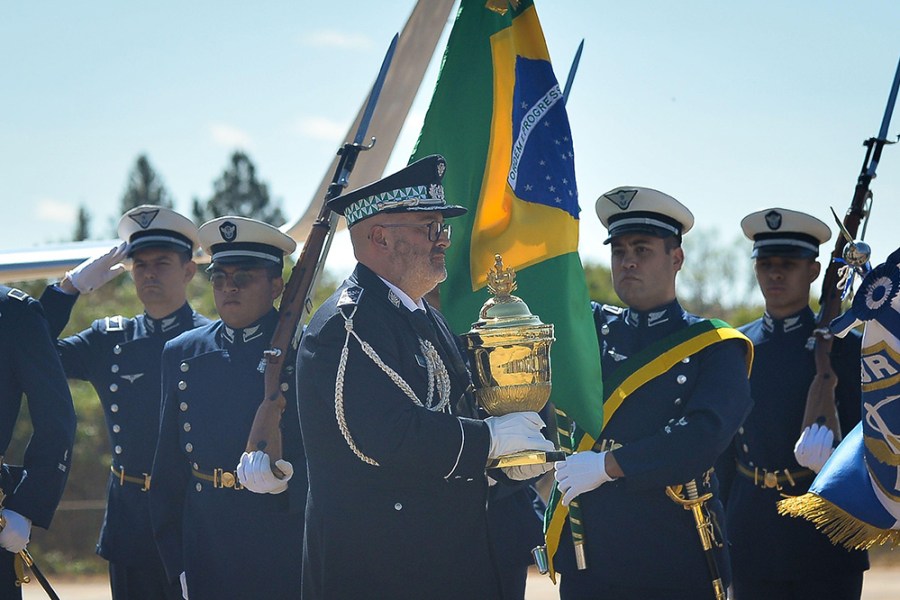
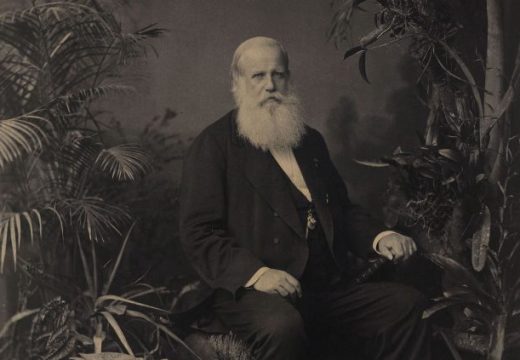
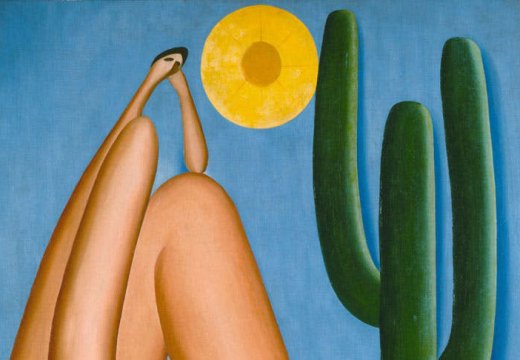
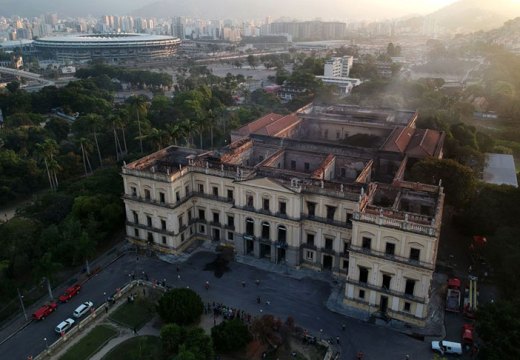









![Masterpiece [Re]discovery 2022. Photo: Ben Fisher Photography, courtesy of Masterpiece London](http://www.apollo-magazine.com/wp-content/uploads/2022/07/MPL2022_4263.jpg)
It’s time for the government of London to return to its rightful home